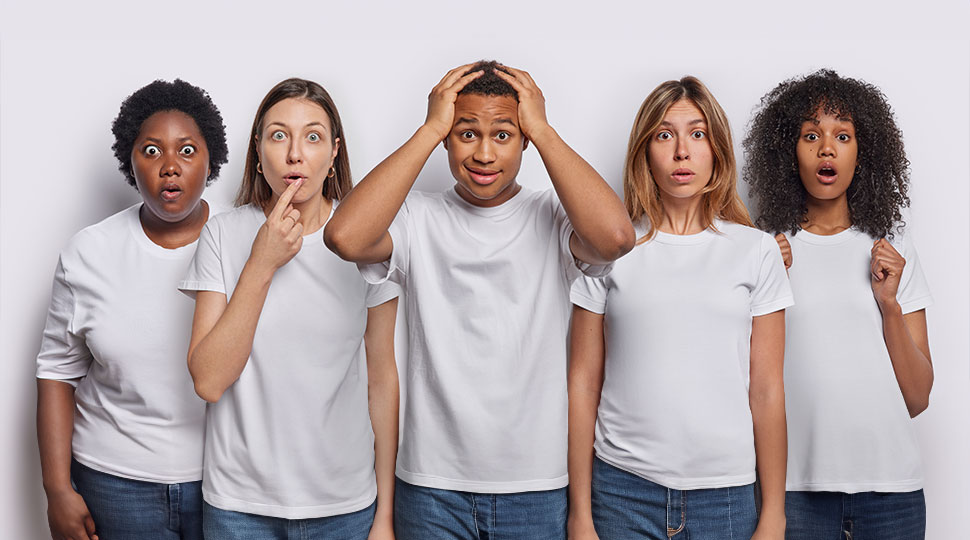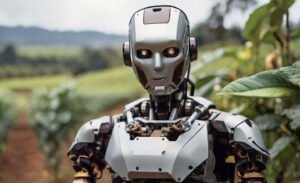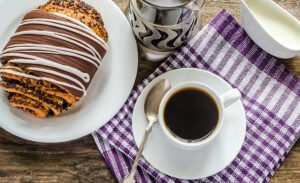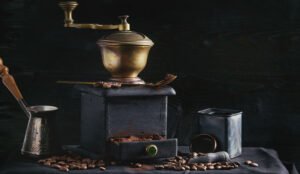The rich aroma and flavors of a perfect cup of coffee can elevate any morning routine or afternoon pick-me-up. With so many variables involved in the brewing process, it’s easy to fall into habits that compromise the quality of our daily cups.
In this article, we’ll explore 5 common mistakes that can lead to an imperfect brew and provide guidance on how to avoid them.
coffee and importance of brewing the perfect cup
Coffee is a complex beverage with over 1,000 known compounds contributing to its unique flavor profile.
The perfect cup of coffee requires a delicate balance of these compounds, which can be achieved through precise control over factors like bean freshness, grind size, water temperature, and brewing time.
By understanding the common pitfalls that can ruin an otherwise great brew, we can take steps to optimize our coffee-brewing techniques and enjoy a superior cup every time.
Mistake #1: Not Using Fresh Coffee Beans
Freshly roasted and ground coffee beans are essential for unlocking the full flavor potential of your daily cup. Stale or old beans can result in a flat, uninspiring brew that lacks depth and complexity.
Proper storage is crucial to maintaining bean freshness, as exposure to air, light, heat, and moisture can cause flavor degradation.
why fresh beans are important for flavor and aroma
Fresh coffee beans contain the optimal amount of volatile compounds responsible for their characteristic aroma and flavor profiles. As beans age, these compounds break down, leading to a loss of flavor intensity and a duller overall taste experience.
Tips on storing coffee beans properly
To keep your coffee beans fresh, store them in an airtight container at room temperature (between 60°F and 70°F or 15°C and 21°C), away from direct sunlight and moisture.
Consider investing in a coffee bean storage jar or a vacuum-sealed bag to maintain optimal freshness.
Mistake #2: Not Grinding Your Own Beans
Pre-ground coffee can be convenient, but it often lacks the flavor and aroma potential of freshly ground beans. Grinding your own beans allows you to control the grind size, which is critical for achieving the perfect extraction ratio in your chosen brewing method.
Benefits of grinding your own beans, including freshness and consistency in grind size
Freshly ground coffee ensures that the delicate flavor compounds are released evenly during brewing, resulting in a more balanced and nuanced cup.
Pre-ground coffee can sit on a shelf for weeks or months, losing its potency and flavor.
Different types of grinders available for different brewing methods
There are various grinder options suitable for distinct brewing methods:
Blade grinders: Best for espresso and Turkish coffee due to their ability to produce a fine grind.
Burr grinders: Ideal for French press, pour-over, and drip brewing as they provide a consistent grind size.
How to choose the right grinder for you based on your desired brew method
Consider the specific grinding requirements of your preferred brewing method when selecting a grinder.
If you’re unsure about the best type of grinder for your needs, consult with coffee experts or experiment with different types to find what works best for you.
Mistake #3: Incorrect Water Temperature & Amount Used
Water plays a crucial role in coffee brewing, and getting it wrong can result in an unbalanced cup. The ideal water temperature for brewing coffee is between 195°F (90°C) and 205°F (96°C), depending on the brewing method.
Using water that’s too hot can burn your coffee, while water that’s too cold can lead to a weak or under-extracted brew.
why water temperature is key to a good cup
The optimal water temperature allows for the perfect extraction of flavors and oils from the coffee grounds.
If the water is too hot, it can extract more than just the desired flavors, resulting in a bitter taste.
Conversely, if the water is too cold, it may not extract enough of the desirable compounds, leaving your coffee tasting flat.
Suggested temperatures depending on brew method
Different brewing methods require specific water temperatures to achieve optimal results:
- French press: 195°F (90°C)
- Pour-over and drip brewing: 198°F (92°C)
- Espresso: 195°F (90°C) to 205°F (96°C)
how much water should be used per serving
The amount of water used in coffee brewing is also crucial for achieving the perfect cup. The general rule of thumb is to use one tablespoon of coffee grounds for every six ounces of water.
However, this ratio can vary depending on your personal taste preferences and the type of coffee beans you’re using.
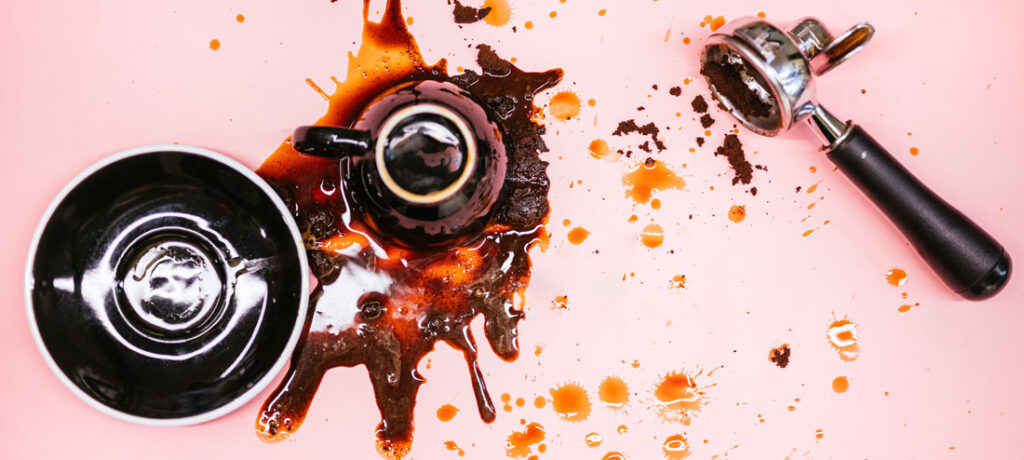
Mistake #4: Brewing Too Long or Too Short
Brewing time is another critical factor that can affect the quality of your coffee. If you brew too long, you may end up with an over-extracted cup that’s bitter and unpleasantly strong.
On the other hand, if you brew for too short a time, your coffee may be under-extracted and lacking in flavor.
why over- or under-extracted coffee can negatively affect taste
Over-extraction can lead to a loss of delicate flavors and aromas, resulting in a bitter taste. Under-extraction, on the other hand, can leave your coffee tasting weak and unbalanced.
Guidelines for how long each type of brew should steep
Here are some general guidelines for brewing times:
- French press: 4-5 minutes
- Pour-over and drip brewing: 3-4 minutes
- Espresso: 20-30 seconds
Mistake #5: Not Cleaning Your Coffee Equipment Regularly
Failing to clean your coffee equipment regularly can lead to a buildup of old coffee oils and residue, which can affect the flavor of your brew.
This is especially true for espresso machines, French press, and drip brewers, where old coffee residue can accumulate and contaminate your coffee. Make it a habit to clean your equipment after each use, and perform a deeper clean every week or two to prevent any buildup.
This mistake can be particularly problematic because it can lead to a bitter or unpleasant taste in your coffee, even if you’re using high-quality beans and following proper brewing techniques. Keeping your equipment clean ensures that your coffee tastes fresh and flavorful every time.
The Last Drop
By avoiding these common mistakes, you can significantly improve the quality of your brewed coffee. From using fresh and high-quality beans to controlling water temperature and brewing time, there are many factors that come into play when crafting the perfect cup.
Remember, practice makes perfect, so don’t be discouraged if it takes a few tries to get it right. Experiment with different roasts, grind sizes, and brewing methods until you find what works best for you.
With these tips and guidelines, you’ll be well on your way to becoming a coffee connoisseur and enjoying the perfect cup of joe every time.



